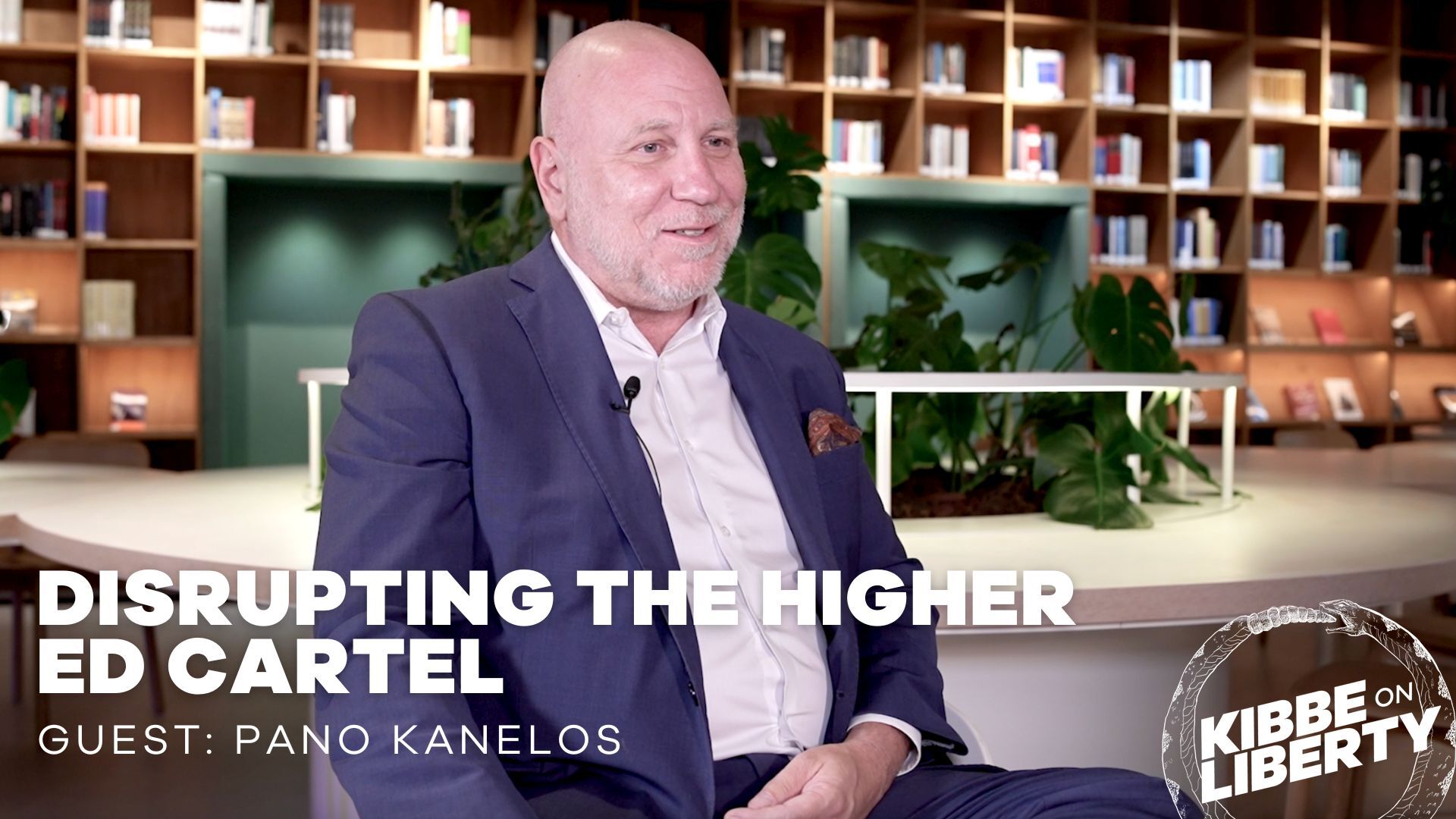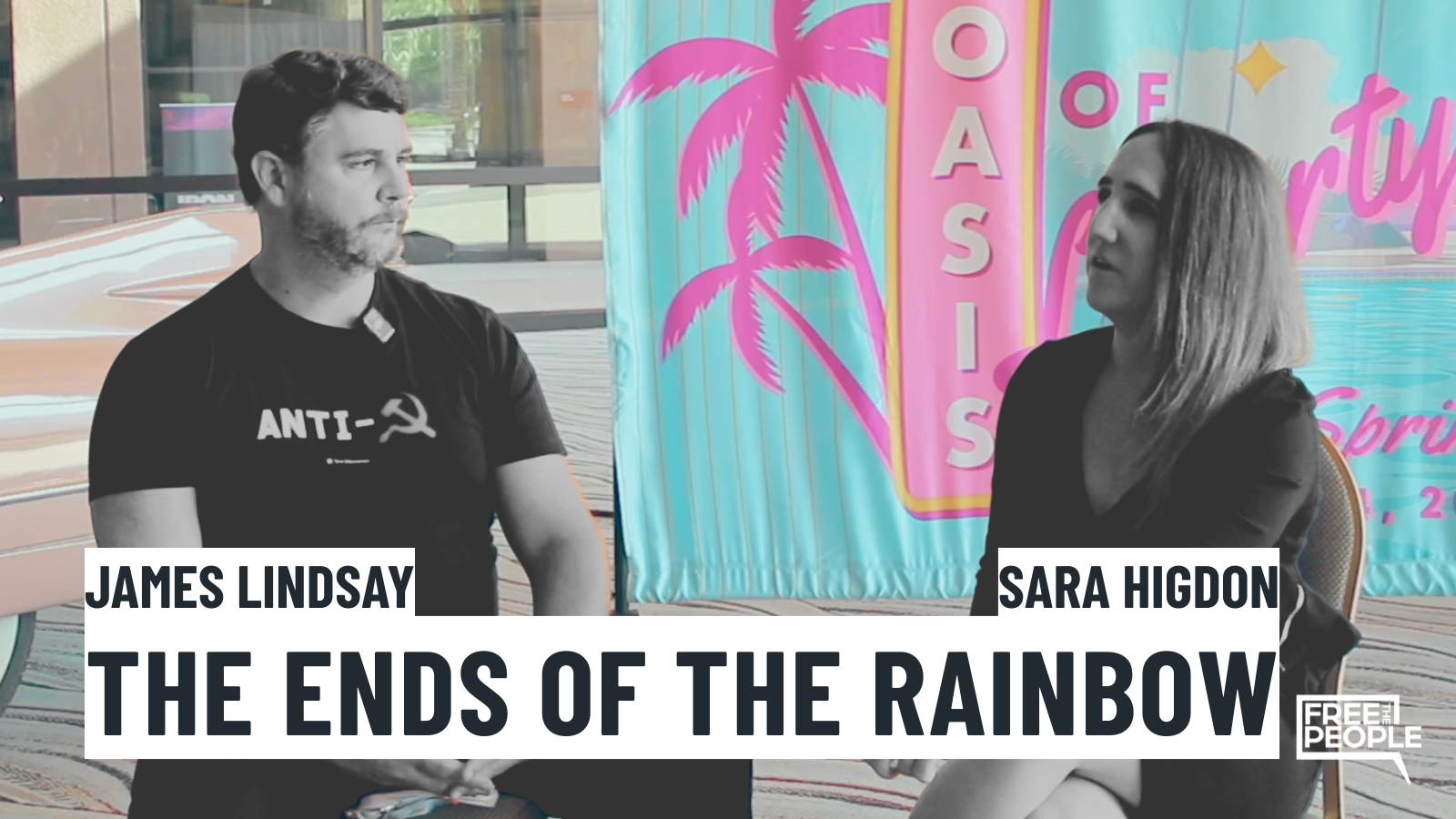
Critical Race Theory Is Anti-Individual
Fox News recently reported that 58 of the top 100 medical schools in the United States employ mandatory Critical Race Theory (CRT) training or coursework. Forty-six of the schools offer readings by Robin DiAngelo or Ibram X. Kendi, perhaps the most famous Critical Race Theorists in the US. This matters because there are only around 150 accredited medical schools in the country, which means that aspiring doctors are now joining high school and college students in being subjected to Critical Race Theory.
Critical Race Theorists often seem baffled as to how anyone could possibly disagree with their philosophy being taught in schools. The truth is there are lots of reasons. One big one that isn’t discussed enough is that CRT explicitly rejects individualism. DiAngelo, author of the bestselling CRT manifesto White Fragility, repudiates the, “ideolog[y] of individualism.” By individualism, she means, “Briefly, individualism holds that we are each unique and stand apart from others, even those within our social groups.” For DiAngelo, humanity can be neatly sliced into groups: men and women, blacks and whites and Latinos, etc. Going deeper to look at the individual simply isn’t desirable.
This refusal to look at individuals kills any explanatory power that CRT might otherwise have. CRT is primarily concerned with power, but DiAngelo only views power through the group lens.
In Is Everyone Really Equal? An Introduction to Key Concepts in Social Justice Education, DiAngelo and coauthor Ozlem Sensoy claim that, “women… do not hold political, economic, and institutional power.” This not only erases countless women who have worked hard to rise to the top of companies and other institutions; it’s also sloppy analysis. Women have more power in some institutions (In 2020, 21 percent of C-suite members were female) and less power in others. The degree to which a given woman (or man) has power in an institution is a matter of individual circumstance, and how the individual person intersects with the individual institution. By talking about power held by monolithic groups, CRT advocates like DiAngelo and Sensoy turn a blind eye to actual power disparities dealt with by real people.
This obsession with aggregates also kills the ability of CRT advocates to meaningfully discuss privilege. Privilege does matter; in any given situation, some people will have more or less inborn advantages than others. But it’s dependent on individual circumstances. The truth is that we don’t live in a monolithic society of 335 million Americans; instead, each of us live in and navigate our own small communities. DiAngelo and Sensoy give the example of a male elementary school teacher applying for a job in a school that predominantly employs women. For the authors, the male is still part of the “dominant” group and therefore has enormous privilege. But this is absurd. An elementary school teacher in a small town isn’t grappling with the power dynamics of men and women in the entire United States; he’s grappling with whether the female-led school he’s applying for will see his gender as an asset or a liability. Whether he’s privileged (or “dominant”) depends on his individual circumstances, not whether men as a group have more power in places thousands of miles away from his community.
Focusing on the individual is especially important for doctors, who have to treat patients as individuals. Pretending that a white woman suffering from arachnoiditis (one of the most painful diseases known to man) is somehow privileged because she’s white is an exercise in race essentialism, not good medicine.
CRT’s rejection of individualism also hurts people who are actually suffering from oppression. In Is Everyone Really Equal?, DiAngelo and Sensoy explain part of their distaste for individualism: it allegedly gives struggling people false hope. The authors claim, “The logic of individual autonomy that underlies liberal humanism (the idea that people are free to make independent rational decisions that determine their own fate) was viewed [by the founders of CRT and related movements] as a mechanism for keeping the marginalized in their place by obscuring larger structural systems of inequality.” That is: the idea that you can create your own outcomes in life is just another tool the United States uses to keep minorities down.
It’s true that some folks have it easier than others, but cultivating the mindset that you are responsible for your own life is powerful. Psychologists call this an internal locus of control. Psychologist Mathias Sager points out that the benefits of an internal locus of control include, “improved information acquisition,” “better decision-making processes,” “higher achievement,” and “generally increased happiness.”
By contrast, DiAngelo and Sensoy push their readers to adopt an external locus of control: the idea that their life outcomes are out of their hands. Psychology teacher Kendra Cherry points out the flaws with teaching students this worldview.
“If you believe that you hold the keys to your fate, you are more likely to change your situation when needed,” she says. “Conversely, if you think that the outcome is out of your hands, you may be less likely to work toward change.” People with an external locus of control, “Frequently feel hopeless or powerless in the face of difficult situations” and, “Are more prone to experiencing learned helplessness.” An external locus of control is especially detrimental to people who have bigger obstacles to overcome, because it can rob them of the drive and willpower necessary to overcome such obstacles. If you cannot, “determine your own fate,” after all, what’s the point in trying?
Finally, CRT’s rejection of individualism is at odds with the American tradition. As my colleagues Dan Sanchez and Patrick Carroll spell out in their essay “Individualism: A Deeply American Philosophy,” the philosophical and cultural core of the United States is individualism. The United States grew out of a humanistic liberal tradition that focused on the idea of individual rights, rights held by all people regardless of who their ancestors were. The Declaration of Independence is fundamentally individualistic, saying for the first time that all men had the same rights to, “life, liberty, and the pursuit of happiness.” Our culture is dominated by individualism: we rightly revere mold-breakers like Henry David Thoreau and Martin Luther King, Jr.
Critical Race Theory’s rejection of individualism robs it of explanatory power, runs counter to our American ideals, and creates real psychological hardship for people who are actually suffering. It doesn’t belong anywhere near our medical schools—or, for that matter, our colleges and high schools.
Free the People publishes opinion-based articles from contributing writers. The opinions and ideas expressed do not always reflect the opinions and ideas that Free the People endorses. We believe in free speech, and in providing a platform for open dialogue. Feel free to leave a comment.



